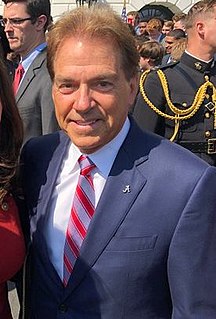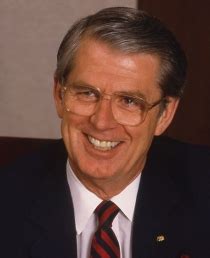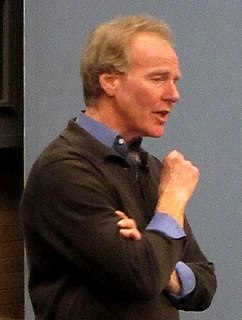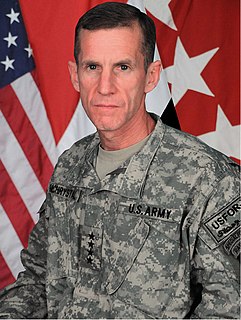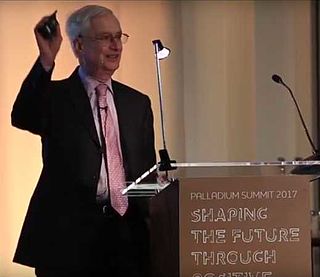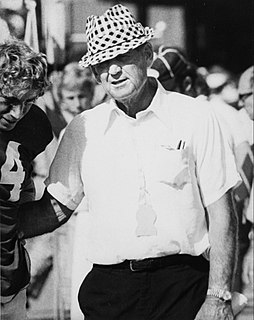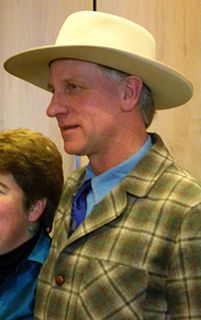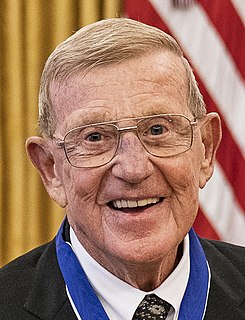A Quote by Nick Saban
People who are role models for the principles and values of the organization, who buy in and understand the vision of what the organization is trying to accomplish, and have the personality to inspire other people to the vision. You know, that’s what team chemistry and leadership is all about.
Related Quotes
People buy into the leader before they buy into the vision. Many people who approach the area of vision in leadership have it backwards. They believe that if the cause is good enough, people will automatically buy in and follow. But that's not how leadership works. People don't follow worthy causes; they follow worthy leaders with a cause they can believe in. They buy into the leader first.
Executives run organizations. In business, we need executives who have clarity, people who are in touch with themselves. Then, in leadership and management positions, they can be good role models and leaders. The people I know who have really moved their organizations are scrupulous role models. They are so clear about honesty, integrity, openness, mutual self-respect, dignity for the individual, and creativity, that they don't deviate from these principles at all in their behavior.
Leadership is about setting a direction. It's about creating a vision, empowering and inspiring people to want to achieve the vision, and enabling them to do so with energy and speed through an effective strategy. In its most basic sense, leadership is about mobilizing a group of people to jump into a better future.
Leaders strengthen credibility by demonstrating that they are not in it for themselves, instead they have the interests of the institution, department, or team and its constituents at heart. Being a servant may not be what many leaders had in mind when they chose to take responsibility for the vision and direction of their organization or team - but serving others is the most glorious and rewarding of all leadership tasks.
Change efforts happen when a firm is out of alignment with achieving its vision. If the organization has broad buy-in on a clear vision, the need for change becomes much clearer. It also helps to over-communicate what you're doing and why you're doing it. Lastly, the leadership needs to spend as much time on "how" changes are being made and "what" changes are being made. Human beings are involved and there are winners and losers.
